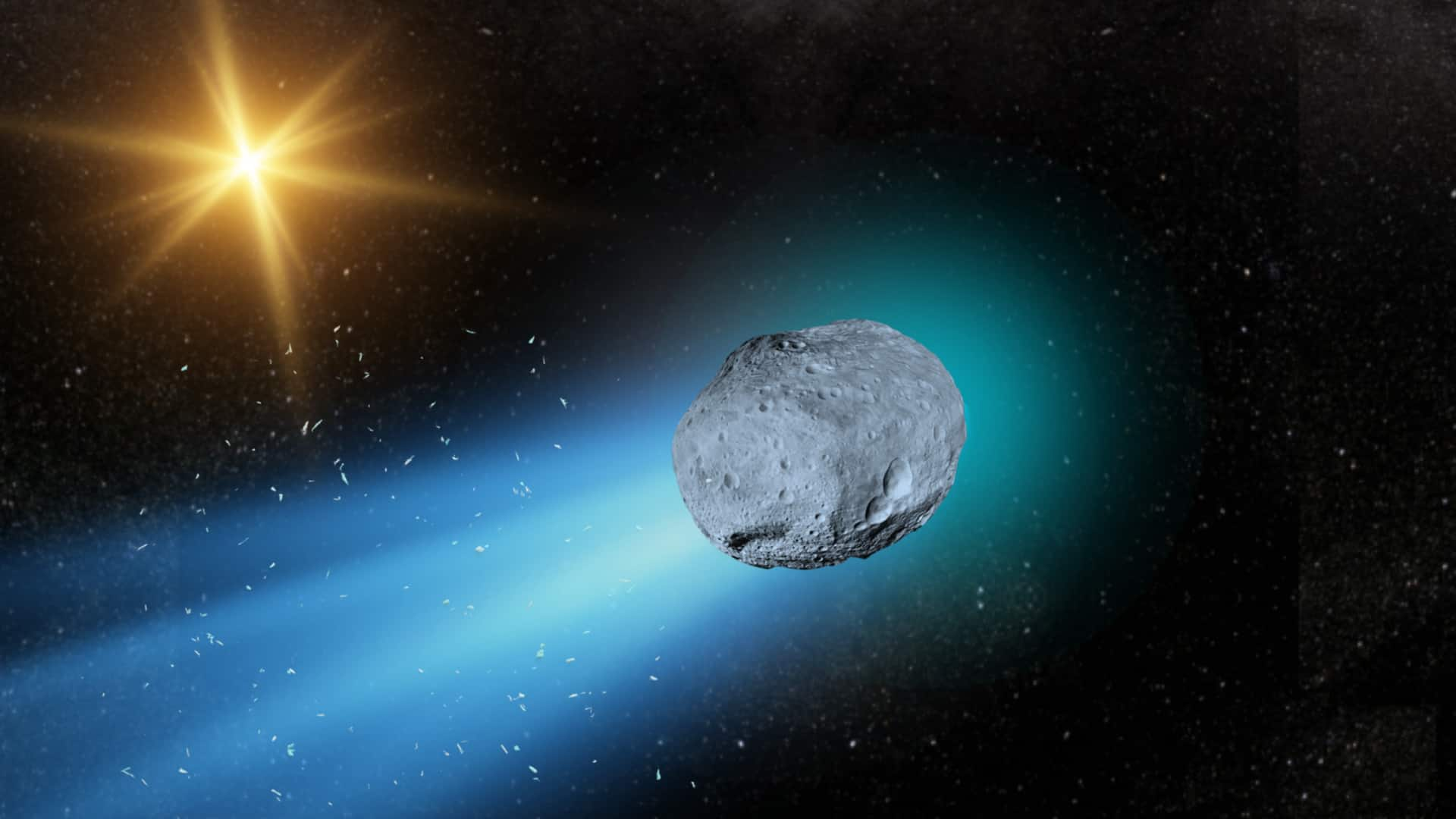
3I/ATLAS: Harvard scientist urges global plan for potential alien threat
What's the story
Harvard scientist Avi Loeb has called on global leaders to prepare for a possible alien attack. His warning comes from his theory that the interstellar object 3I/ATLAS, which is currently within our solar system, could be an extraterrestrial mothership. The object was first spotted on July 1 by NASA-funded ATLAS survey telescope in Chile.
Object's characteristics
Global debate ignited by 3I/ATLAS discovery
The discovery of 3I/ATLAS has sparked a global debate among astronomers. While most agree that it's a comet, Loeb disagrees. He claims certain features of the object indicate it could be an alien mothership, warranting preparation for any potential threat. Despite widespread skepticism, Loeb remains firm in his belief and has even published a paper supporting his theory.
Policy proposal
Need for international body to address potential alien threat
In an interview with NewsNation, Loeb stressed the need for a global body to make decisions in case of an alien attack. He said, "I believe that we need an international organization that will make policy decisions about such an object." The Harvard scientist highlighted how humanity worries about threats like AI and climate change but rarely discusses potential alien threats.
Nature debate
3I/ATLAS is not a natural cosmic body: Loeb
Loeb remains adamant that 3I/ATLAS is not a natural cosmic body. He wrote in a Medium post, "There were claims of a tail. But since 3I/ATLAS is accelerating and its current size is not much larger than the angular resolution of Earth-based telescopes, it is not easy to avoid fictitious elongation of the image as a result of the object's motion."
Orbital scrutiny
Scientist believes there's only a 0.2% chance of natural object
Loeb also questioned the object's retrograde orbit around the Sun, which he says isn't typical for a natural object. He noted that 3I/ATLAS is traveling at a speed of 60km/s and its color and size don't match those of a comet. The scientist believes there's only a 0.2% chance this object is natural, furthering his case for an alien origin.